Hoffman Nursery Announces Key Leadership Changes
Rougemont, NC (December 16, 2024)—Hoffman Nursery, a premier provider of high-quality ornamental and native plants, is pleased to announce two key...
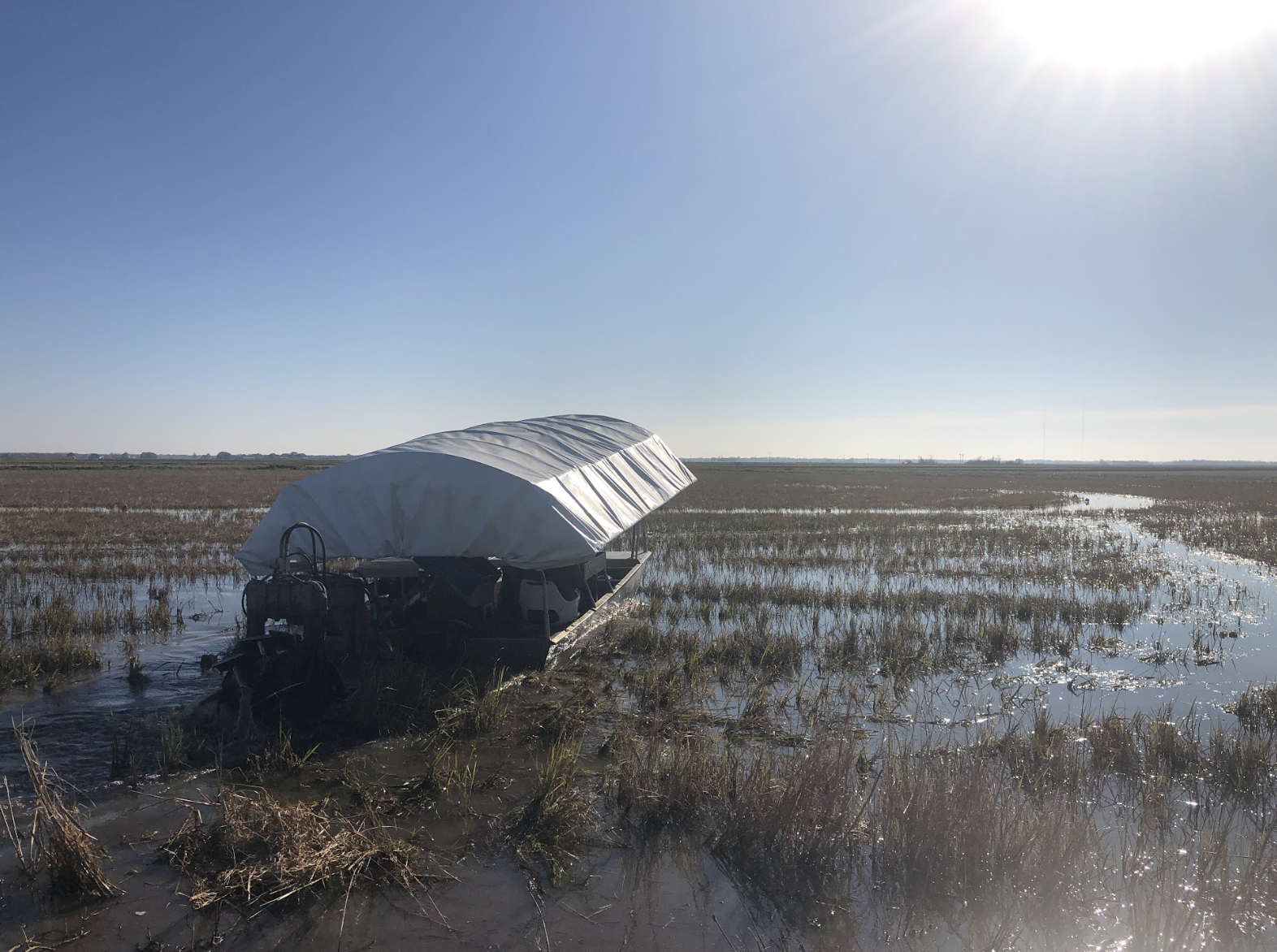
An Innovative Louisiana Crawfish Farmer Creates Nutrient-Rich Compost from Shellfish Waste
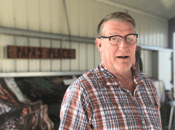 Spring is crawfish season in Louisiana. Here in Cajun Country, locals eat crawfish a variety of ways—boiled and spiced, in étouffée over rice, stuffed in pastry pies, or in gumbo and casseroles. Crawfish farmer Jimbo Hundley has discovered another use for the mudbugs—as nutrient-rich compost.
Spring is crawfish season in Louisiana. Here in Cajun Country, locals eat crawfish a variety of ways—boiled and spiced, in étouffée over rice, stuffed in pastry pies, or in gumbo and casseroles. Crawfish farmer Jimbo Hundley has discovered another use for the mudbugs—as nutrient-rich compost.
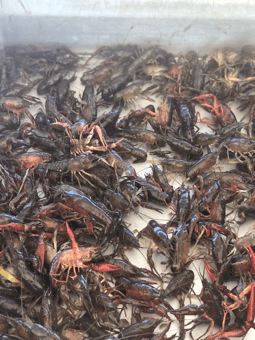 Louisiana farmers are resourceful and have been reusing and recycling long before the concepts became buzz words. Hundley is a third generation rice farmer and got into the crawfish business about 15 years ago on his 500-acre farm known fondly as “Papa’s Place.” Every fall after the rice harvest, he floods his fields to create crawfish ponds, and the crawfish emerge from their underground burrows. By early June, at the end of crawfish season, he drains the water and prepares his fields for rice again.
Louisiana farmers are resourceful and have been reusing and recycling long before the concepts became buzz words. Hundley is a third generation rice farmer and got into the crawfish business about 15 years ago on his 500-acre farm known fondly as “Papa’s Place.” Every fall after the rice harvest, he floods his fields to create crawfish ponds, and the crawfish emerge from their underground burrows. By early June, at the end of crawfish season, he drains the water and prepares his fields for rice again.
“Crawfish and rice are the perfect marriage,” he says. “We’re very fortunate to live here in South Louisiana—nobody else can raise crawfish in the United States.”
The rotation gives the land a chance to take a break and feeds the soil in beneficial ways.
In 2019, Hundley decided to take discarded crawfish shells and experiment with making compost. His first batch was ready in the spring of 2020.
“A farmer friend of mine had a crawfish peeling plant, and they’d pile them up and let them rot and throw them back in the field,” says Hundley. “Otherwise, you have to take it all to a landfill.”
Hundley combines the discarded crawfish shells with rice hulls, a byproduct of his fall harvest. Then with water, air and heat, he gets perfect compost in a matter of months.
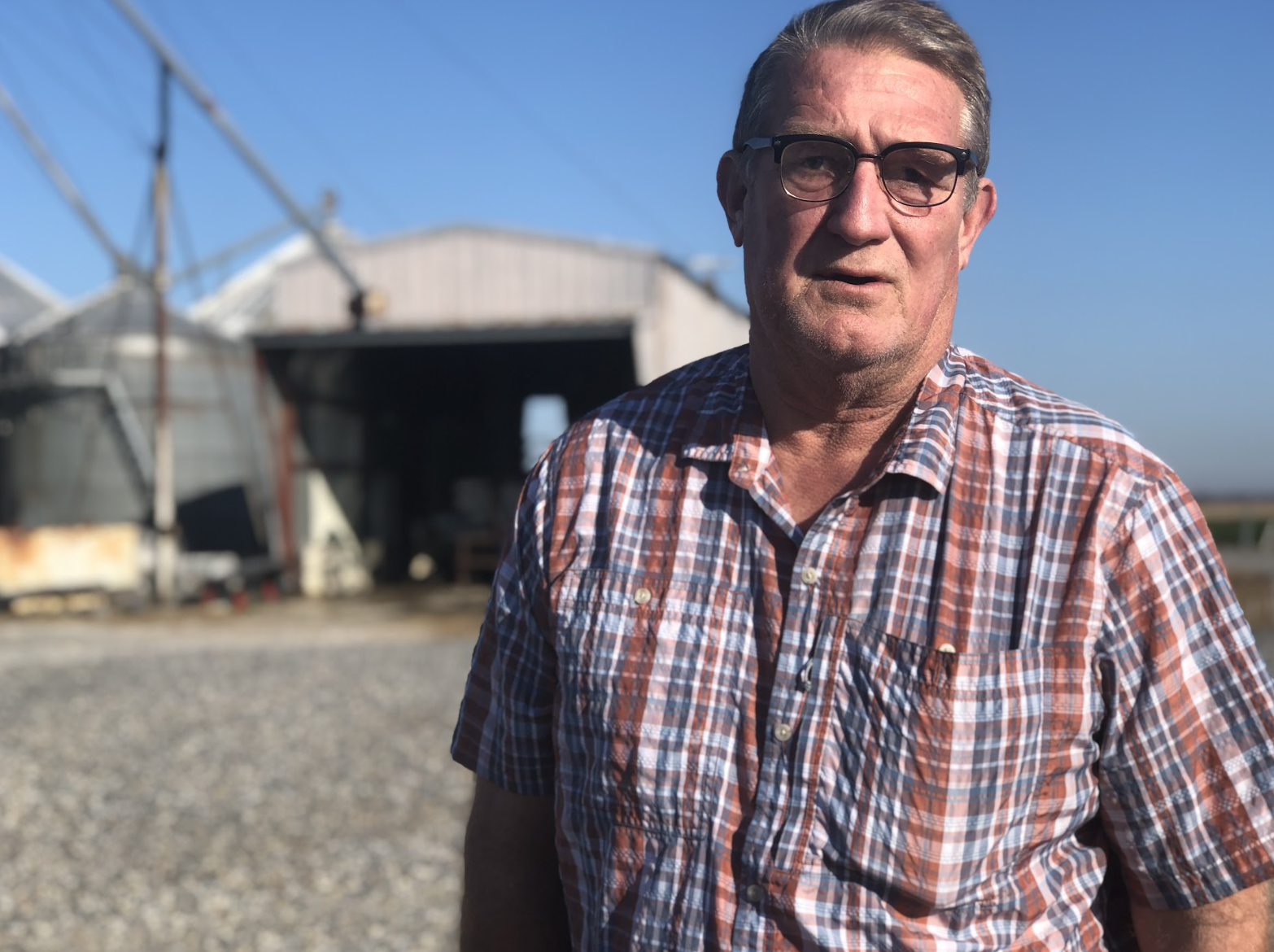 Jimbo in front of his rice bins
Jimbo in front of his rice bins
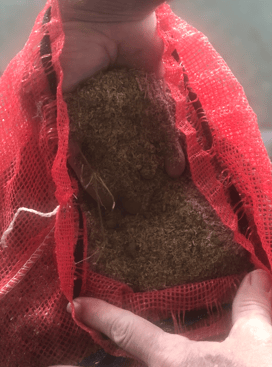 “You have to get it in an isolated spot because if the wind blows in the wrong direction, you can smell it,” he advises.
“You have to get it in an isolated spot because if the wind blows in the wrong direction, you can smell it,” he advises.
But over time, the smell fades and he’s left with a fine dust of nutrient-rich and odorless compost he bags for $15.
“Everyone wants MiracleGro but my product kicks their butt all over the place,” he says.
Hundley sent off soil samples to Waypoint Analytical in Memphis, the nation's largest agricultural and environmental laboratory network. The first batch of soil had been fertilized with MiracleGro and the second sample was fertilized with his Crawfish Compost. Both samples yielded the highest ratings of phosphorus and sulfur, but Crawfish Compost had slightly higher levels of potassium and magnesium and significantly higher levels of calcium, copper and zinc.
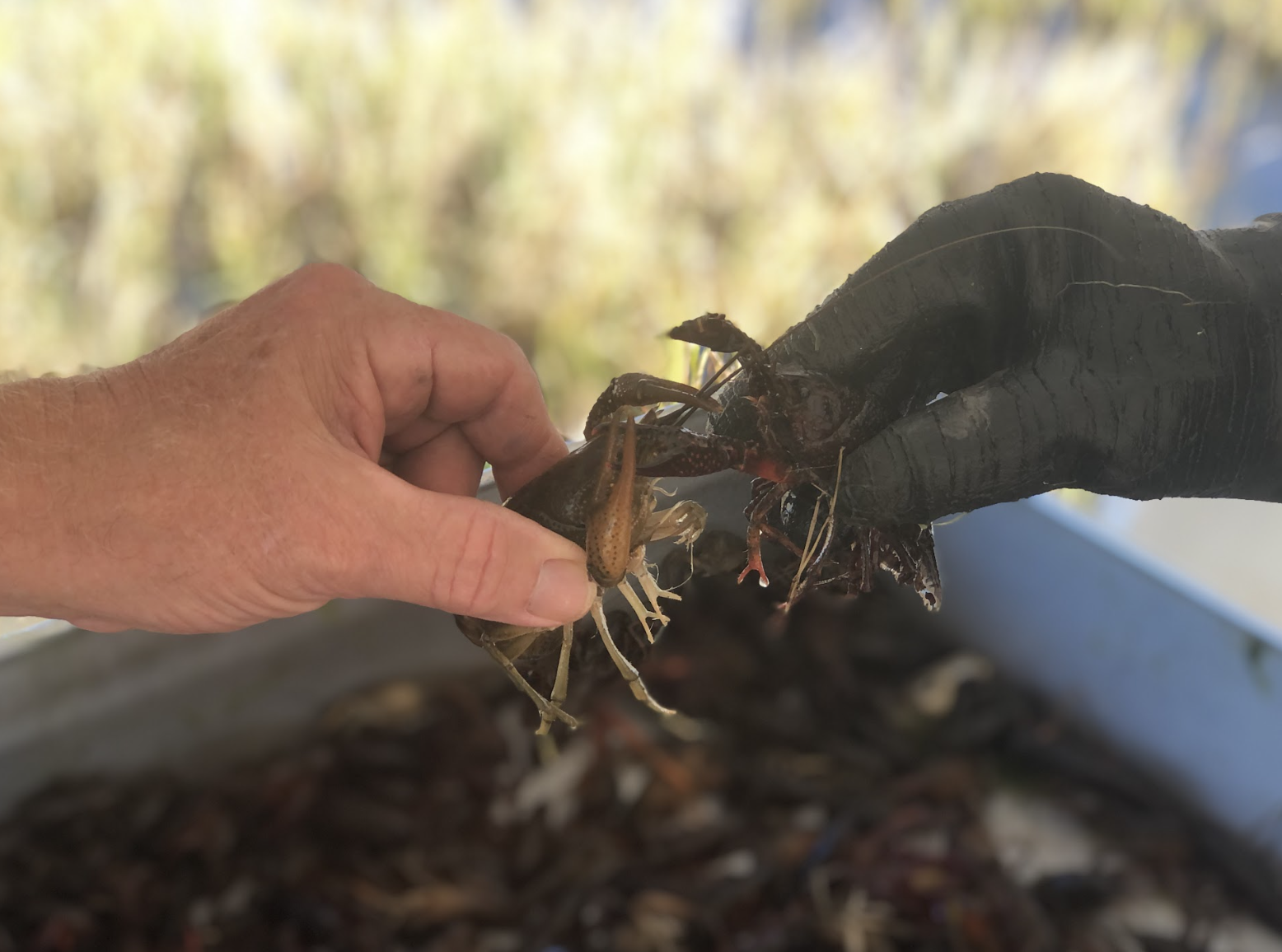
Crawfish Compost is also valued for its high levels of chitin. Chitin is a nitrogen-containing compound found in crustacean shells. When added to the soil, it slowly releases nitrogen, helping plants to grow strong structures and produce a deep-green color. Chitin helps plants to grow robustly as well as fight off root rot, blight and powdery mildew.
Not only does Crawfish Compost reduce waste at his farm and improve the soil in his garden, Hundley says he’s proud to do his part to improve sustainability. He hopes more studies will be done about the effectiveness and benefits of composting agricultural byproducts and that more people will catch on to the concept.
But until he strikes it big with Crawfish Compost, he’s happy at Papa’s Place, farming rice and crawfish and sharing his invention with friends and fellow farmers.
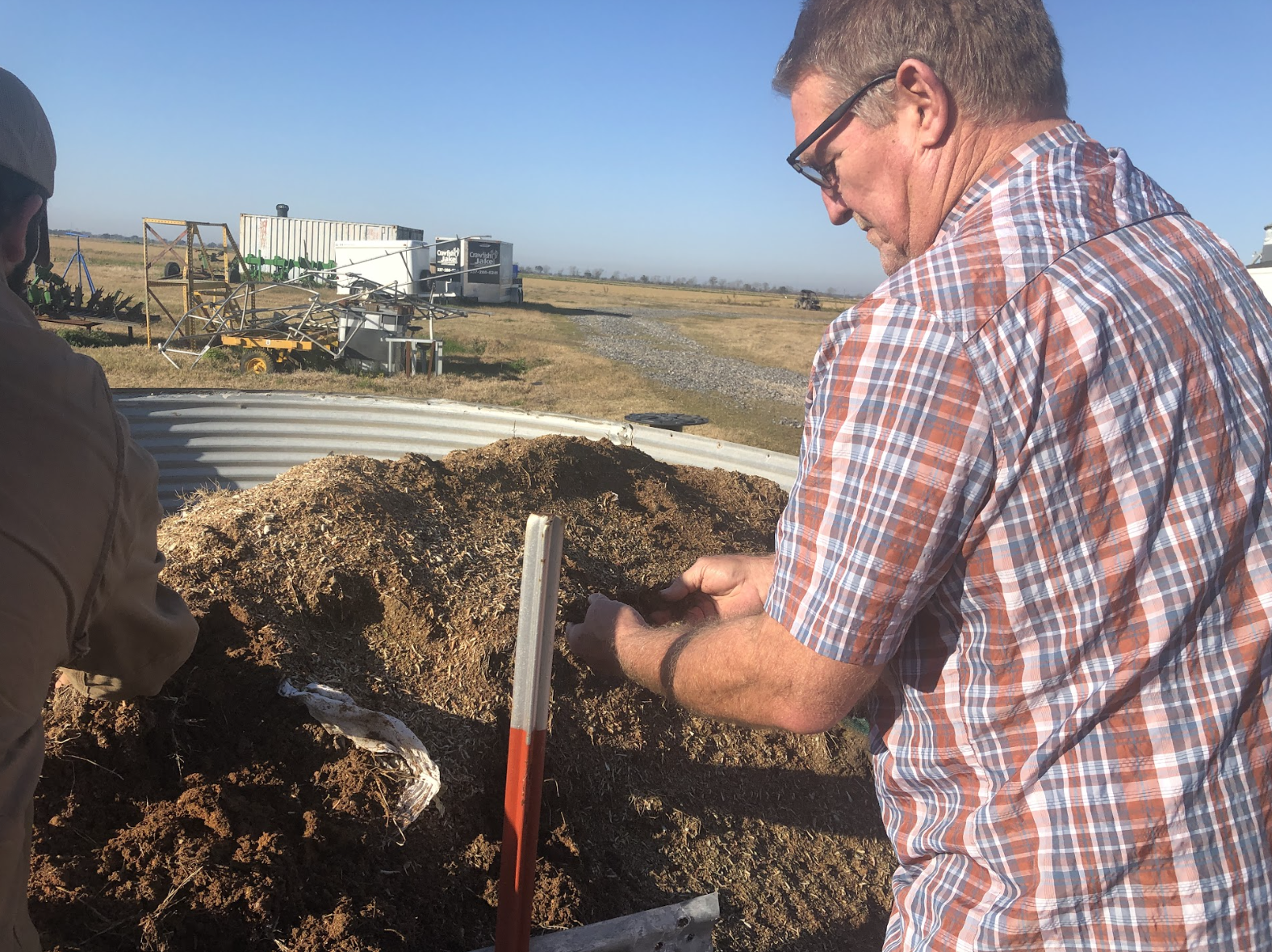
About Crawfish Compost
$15/bag
Mowata, Louisiana

Rougemont, NC (December 16, 2024)—Hoffman Nursery, a premier provider of high-quality ornamental and native plants, is pleased to announce two key...
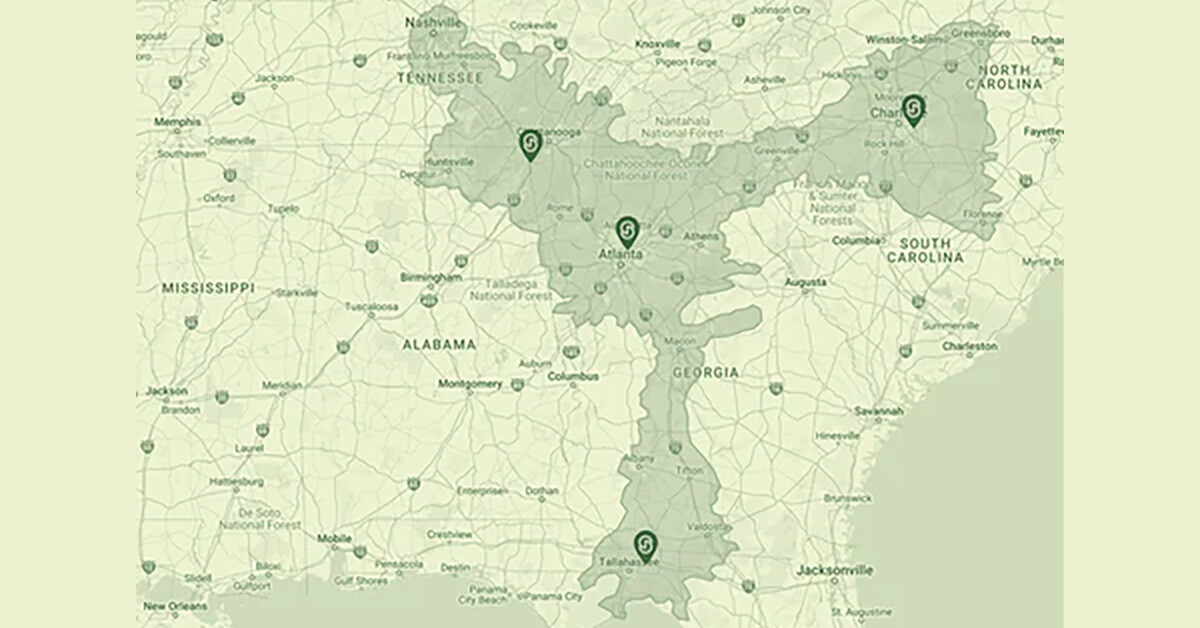
ATLANTA, GA (September 2024)—ServeScape, the Atlanta-based farm-to-landscape online marketplace, is excited to announce its expansion into the...